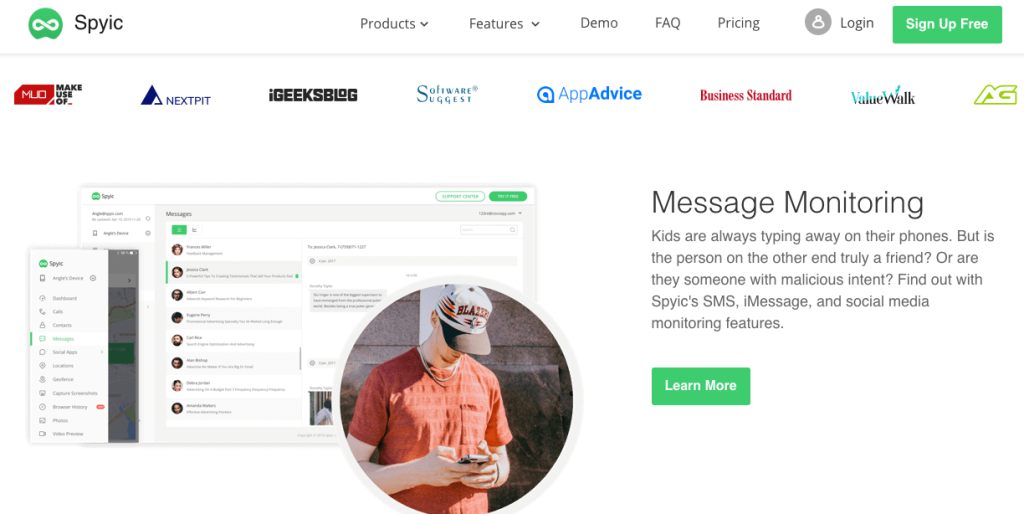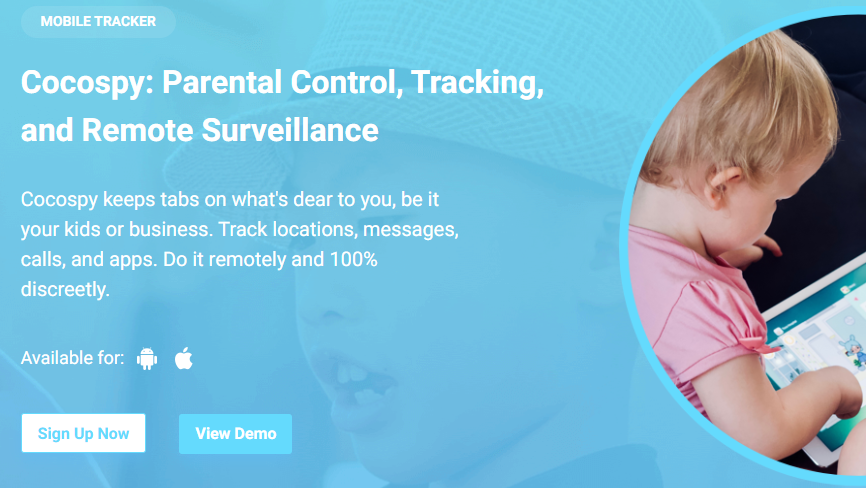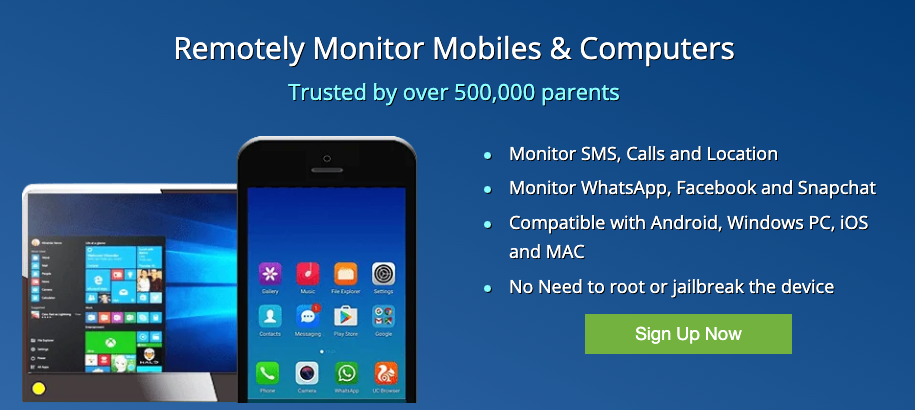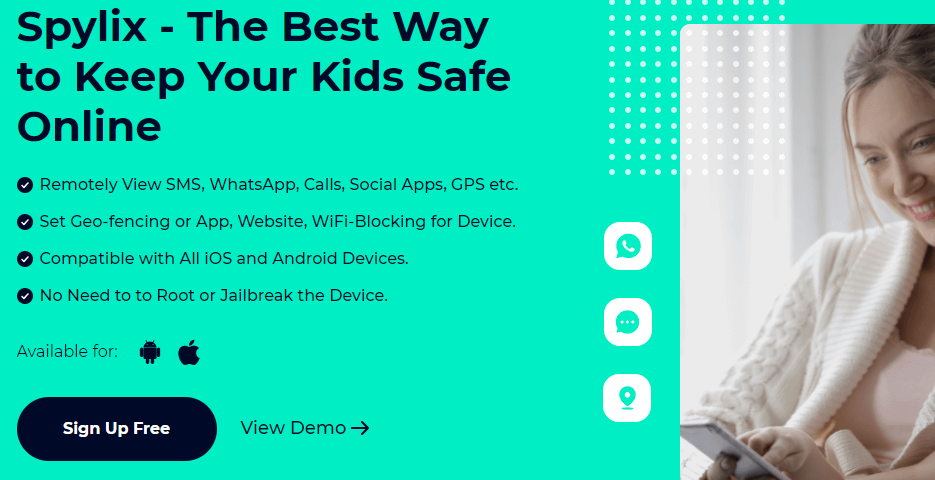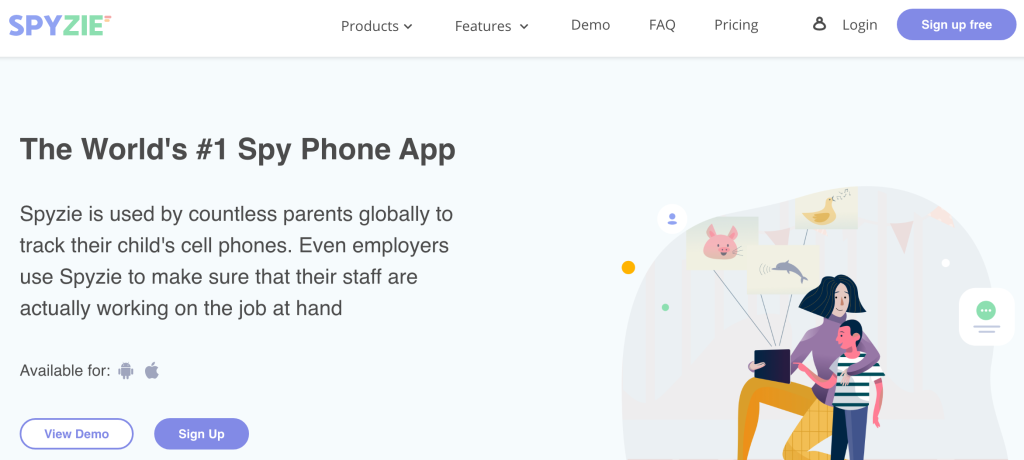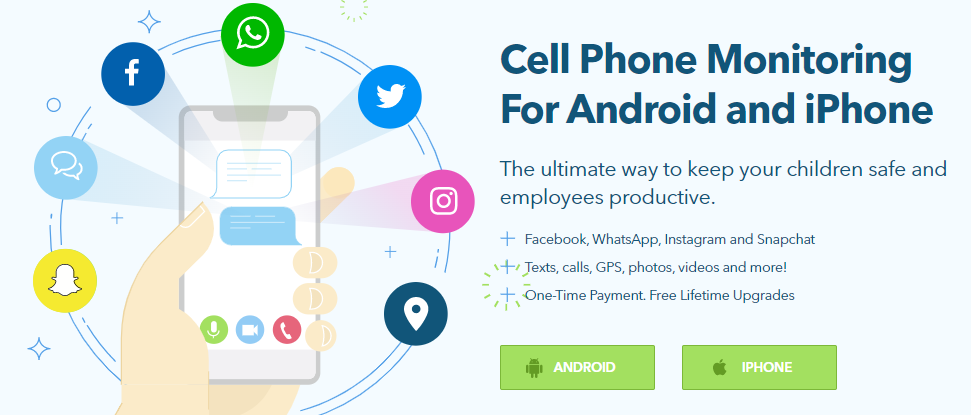When it comes to personal or professional security, hiring a hacker for hire service can provide numerous benefits. However, with so many hackers for hire available, it can be challenging to choose the right one for your needs. Here are some things to look for when searching for a professional hacker for hire service:
- Certifications: One of the most important things to look for when hiring a hacker for hire service is certifications. Reputable organizations, such as the EC-Council, Offensive Security, or SANS Institute, offer certifications that demonstrate a hacker’s expertise and skills. These certifications show that the hacker has undergone rigorous training and has the necessary skills to perform the job.
- Experience: An experienced hacker for hire service will have a proven track record of successful projects and a deep understanding of the latest cyber threats. They should have experience working with clients in your industry and should be familiar with the specific cyber threats that your business faces. You can ask for references or case studies to verify their experience.
- Professionalism: A professional hacker for hire service should have a professional website, clear communication channels, and a transparent pricing structure. They should also have a clear policy on confidentiality, data protection, and legal compliance. A professional hacker for hire service will take the time to understand your needs, provide regular updates on the progress of the project, and deliver results on time and within budget.
- Membership in Professional Organizations: A professional hacker for hire service should be a member of professional organizations, such as the International Council of E-Commerce Consultants (EC-Council), the Information Systems Security Association (ISSA), or the Institute of Information Security Professionals (IISP). These organizations have strict membership criteria, and membership demonstrates a commitment to professionalism and ethical conduct.
- Compliance with Legal and Ethical Standards: A professional hacker for hire service should comply with legal and ethical standards. They should have a clear policy on what services they will and will not provide, and they should never engage in illegal activities. They should also have a clear policy on data protection and should never share or sell your personal or professional information.
- Recommendations: Another way to find a professional hacker for hire service is to ask for recommendations from trusted sources. You can ask for recommendations from colleagues, friends, or online communities. Word-of-mouth is often the best way to find a reputable and trustworthy hacker for hire service.
- Reviews and Ratings: You can also check for reviews and ratings online to find a professional hacker for hire service. Websites such as Yelp, Trustpilot, or Google My Business can provide valuable insights into the quality of service provided by the hacker for hire. Look for reviews that mention the hacker’s expertise, professionalism, and communication skills.
- Interview Process: Once you have narrowed down your list of potential hackers for hire, it’s essential to go through an interview process. This will allow you to ask questions, understand their approach, and determine if they are the right fit for your needs. Some questions to ask during the interview process include:
- What services do you provide?
- How do you approach cybersecurity testing?
- What is your experience working with clients in my industry?
- Can you provide references or case studies?
- What is your pricing structure?
- How do you ensure confidentiality and data protection?
- What is your policy on legal and ethical standards?
Conclusion:
Choosing the right hacker for hire service is crucial to ensure that you are working with a reputable and trustworthy service. By identifying your needs, checking for certifications, looking for experience, checking for professionalism, looking for membership in professional organizations, checking for compliance with legal and ethical standards, asking for recommendations, and checking for reviews and ratings, you can make an informed decision and hire a professional hacker for hire service.
It’s important to remember that hiring a hacker for hire service can have legal and ethical implications, and it’s essential to ensure that you are hiring a service that complies with all legal and ethical standards.
In summary, choosing the right hacker for hire service is crucial to ensure that you are working with a reputable and trustworthy service. By identifying your needs, checking for certifications, looking for experience, checking for professionalism, looking for membership in professional organizations, checking for compliance with legal and ethical standards, asking for recommendations, and checking for reviews and ratings, you can make an informed decision and hire a professional hacker for hire service.
















